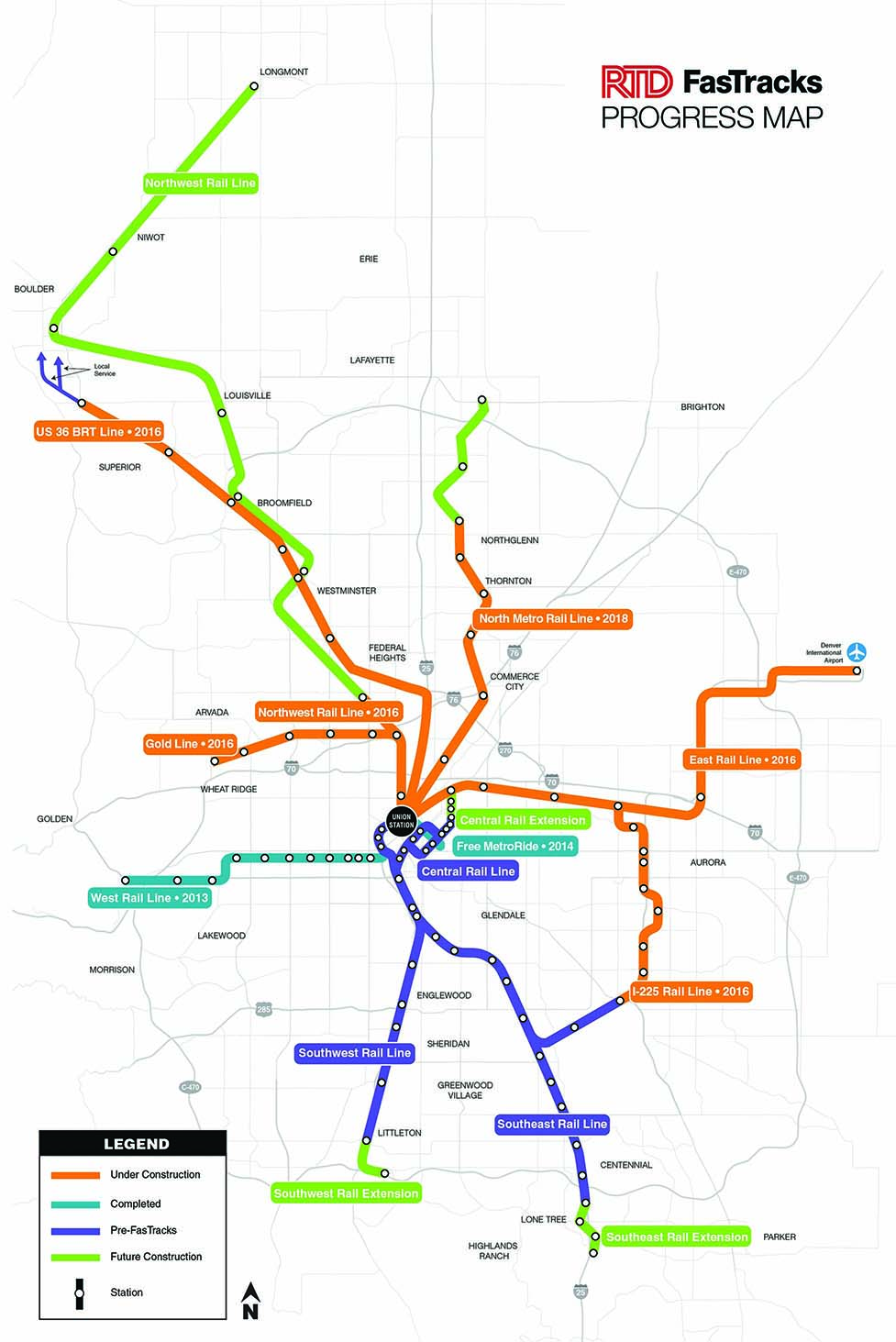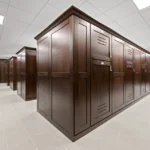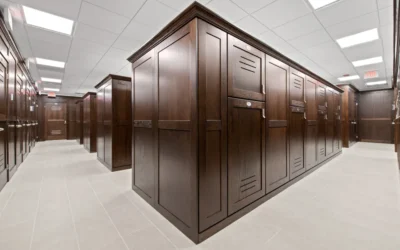Self-storage developers in Denver, CO, already were dealing with a report that claimed the city is saturated with self-storage facilities.
Now, the Denver City Council has tightened building restrictions on storage facilities with an unanimous May 20 vote to ban the construction of self-storage facilities within one-quarter mile of any RTD (Regional Transportation District) light-rail train station. Industrial areas are exempt from the ban.
The ban also covers suburban and downtown Main Street zones. Naturally, these densely populated areas are highly desired locations for self-storage developers.
Those bans are meant to ensure that any development that does take place is “pedestrian-oriented and friendly to people,” said Mary Beth Susman, District 5 council member.
“Mini-storage just doesn’t do that. They’re sort of dead zones. There’s nothing for people to do there,” said Susman about self-storage development. “Transportation-oriented development is what is expected around rail lines. Self-storage is not transportation-oriented.”

A map of Denver’s rail system. The new ban affects new self-storage development within a quarter-mile of light rail stations, except for those in industrial areas.
The self-storage portion was part of a package of amendments to the zoning code that were suggested by the city’s Community Planning and Development Department—and are a response to an influx of new self-storage construction.
Kendra Black, District 4 council member, advocated for the code adjustments. “I pushed for prohibition of mini-storage around light rail,” she said. “In my district, we have five [self-storage facilities] around light rail and a new one coming in at Evans Avenue and I-25.”
“Storage facilities aren’t human-oriented use; we need people living there and working there, and using the train instead of driving in their cars. The goal is for all light-rail stations to have the appropriate kind of development,” Black said.
The larger issue of Denver’s severe shortage of affordable housing comes into play here.
“We’ve designed our land-use policies around the idea of investing $5 billion to $6 billion in transit, and we want to capitalize on the space around those rail stations with higher-density housing,” said Kevin Flynn, District 2 council member. The May 20 vote “preserves areas near mass transit for higher-density residential and people-oriented uses, rather than taking up space with basically very inactive uses.”
Ironically, Flynn serves in the southernmost district, where public transit is rare — and he’s also a former RTD spokesman.
The Storage Beat previously reported on May 15 that both Marcus & Millichap and STR Inc. said the Denver self-storage market was growing fast.
The former said Denver’s self-storage inventory grew by 36.4 percent from 2013 to 2018, the second-highest among the top 50 U.S. metro areas.
STR said Denver’s self-storage inventory was predicted to jump by 20.2 percent between February 2018 and January 2019, as measured by net rentable square feet – second again to Raleigh among the top 50 metro areas. STR based that on 3.3 million net rentable square feet of self-storage that’s in construction, expansion or final planning phases in Denver.







